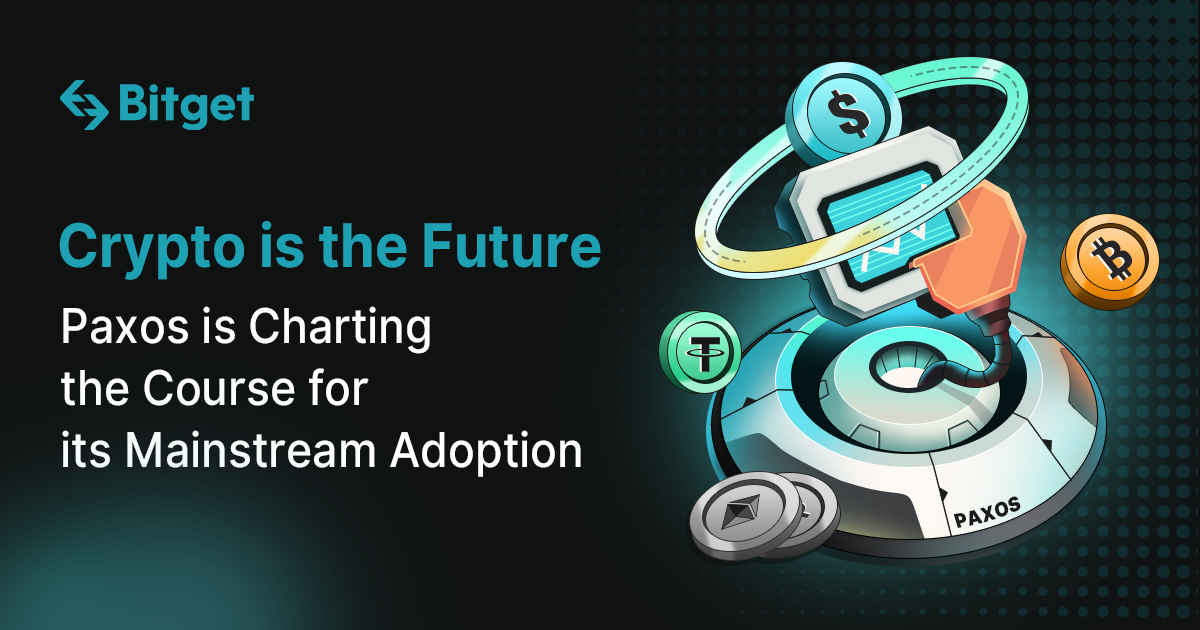
Crypto is the Future and Paxos is Charting the Course for its Mainstream Adoption
Crypto is the future.
Until recently, uttering that publicly or to a client at the large banks would result in someone being fired. Even so, I can tell you firsthand there are many people who work inside the traditional financial system – people who lived through or cleaned up the messes from 2008 – also believe crypto is the future.
So do I. That’s why I am at Paxos.
I’ve spent my career in financial services. I’ve worked in reinsurance, at large investment banks as a trader and in asset management. In particular, I spent nearly a decade in the Stable Value world, which is the conservative option most 401k’s rely upon to slowly, methodically increase your holdings, even through 2008’s turbulence. Beneath that boring facade is an exceptionally complicated process involving large bond portfolios, derivatives and financial guarantees. It also includes managing counterparty credit risk, which was rocked in 2008.
Through those experiences, I learned three key things that impact the future development of the crypto ecosystem:
Understanding the landscape matters. In 2008, the market learned just how interconnected it had become after high-profile failures. What happened in one market had ripple effects in other corners, like derivatives. This interconnectivity can be problematic for developing ecosystems if you don’t know how the entire market is structured, and how much exposure each member of that ecosystem has taken on.
The promises of stability come cheap, but delivering that assurance is expensive. Prime funds? Asset-Backed Commercial Paper? Stable Value? Bank deposits? All of these instruments have varying degrees of turbulence due to fundamental issues, a crisis of confidence, or both. As stablecoins and the regulation around them mature, it’s crucial to ask critical questions of issuers promising stability, and to apply the lessons already learned in 2008 to these new structures.
Short-term opportunities for yield or to make a quick buck are splashy, but they’re not built for the long haul or a market crisis. JP Morgan was not the market-leading investment bank prior to the financial crisis. Afterwards? It stood alone as a titan where most others either died or had near-death experiences. Building in a future-proof way, durable across all the possible outcomes, matters for long-term survival in a way that most only discover too late. Digital asset providers need to think long-term.
Important lessons learned from 2008 can and should be applied to digital assets today. That’s how we’ll ensure the open, digital economy is built to withstand tests of volatility, uncertainty, complexity and ambiguity. Transparency into the entire system is needed so we can more critically evaluate promises of stability. That’s how a well-designed, inclusive digital asset ecosystem built to withstand shocks will emerge and flourish. In short, crypto really is the future. And the most killer application of blockchain yet is the stablecoin.
Going forward, Rich Teo (Paxos Co-Founder and CEO Asia) and I are going to cover a number of topics with regard to this key financial innovation, namely:
-
Properties of an ideal stablecoin;
-
How stablecoins can improve the life of everyday consumers;
-
How stablecoins can be a part of fixing the biggest systemic problems in traditional finance;
-
Where crypto companies, financial firms, and regulators need to go in order to achieve this (and where we are failing now);
-
Paxos’ future plans for stablecoins; and
-
Why this all matters.
Stay tuned, I hope you enjoy the ride.
PAX Gold (PAXG) is Paxos token pegged to gold. Buy and trade PAXG at Bitget now!
(By Austin Campbell)
This article was first published on Paxos.com on May 9, 2022 and has been edited for the Bitget audience.



